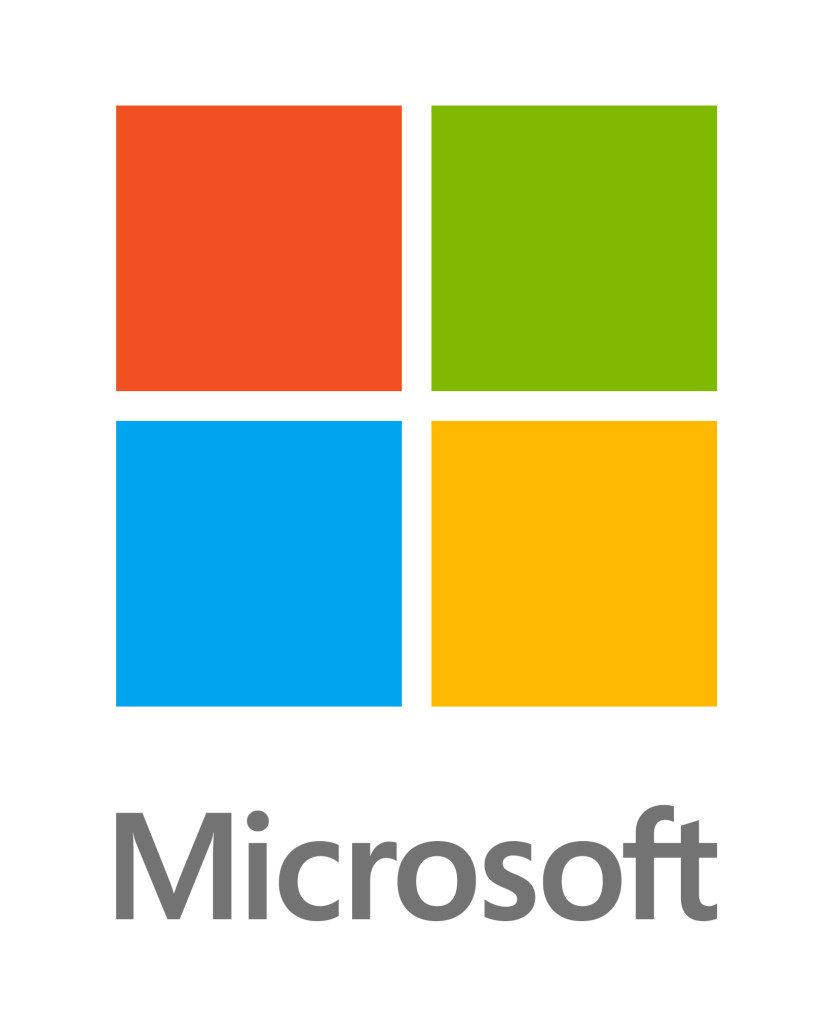
The Dark Side of Personalization: How Microsoft’s Ads Are Invading Your Privacy
As I sat at my desk, sipping my morning coffee and scrolling through my favorite news site, I couldn’t help but feel a sense of unease. Every article I read seemed to be accompanied by an ad that was eerily relevant to my interests. It was as if the website knew me better than I knew myself. And then it hit me - Microsoft’s personalized ads had finally caught up with me.
“Microsoft and our third-party vendors use cookies to store and access information such as unique IDs to deliver, maintain and improve our services and ads.”
These words, taken from Microsoft’s own privacy statement, sent a chill down my spine. I had always known that websites used cookies to track my browsing habits, but I had never realized the extent to which this information was being used.
 The Microsoft logo - a symbol of innovation, or a harbinger of invasion?
The Microsoft logo - a symbol of innovation, or a harbinger of invasion?
As I delved deeper into the world of personalized advertising, I began to realize just how much of my personal data was being collected and used. Every click, every search, every purchase was being tracked and analyzed. And it wasn’t just Microsoft - countless other companies were doing the same thing.
But what’s the harm in that, you might ask? After all, personalized ads are just a way for companies to show us things we’re interested in, right? Wrong. The truth is, these ads are just the tip of the iceberg. They’re a symptom of a much larger problem - a problem of privacy invasion.
 The worried face of a person who’s just realized their data is being tracked
The worried face of a person who’s just realized their data is being tracked
As I continued to research, I stumbled upon a quote from a prominent tech expert. “The collection and use of personal data is a ticking time bomb,” he said. “We’re sleepwalking into a world where our every move is being tracked and analyzed. And once we wake up, it may be too late.”
Those words resonated deeply with me. I realized that I wasn’t just fighting against Microsoft’s personalized ads - I was fighting against a entire system that was designed to erode our privacy.
So what can we do? The answer is simple - we need to take control of our data. We need to be aware of what’s being collected, and how it’s being used. And we need to demand change.
“You can change your selection under ‘Manage Preferences’ at the bottom of this page.”
Those words, taken from Microsoft’s own website, offer a glimmer of hope. We can opt out of personalized ads, and we can take back control of our data. But it’s not just about individual action - it’s about systemic change. We need to demand that companies like Microsoft prioritize our privacy, and respect our right to control our own data.
 The fight for privacy is not just about individual action - it’s about demanding systemic change
The fight for privacy is not just about individual action - it’s about demanding systemic change
As I finished writing this article, I couldn’t help but feel a sense of hope. We can take back control of our data, and we can demand a better future. But it’s up to us to take action. Will you join me in this fight?













